Home>Gardening & Outdoor>Landscaping Ideas>When To Plant Mexican Feather Grass
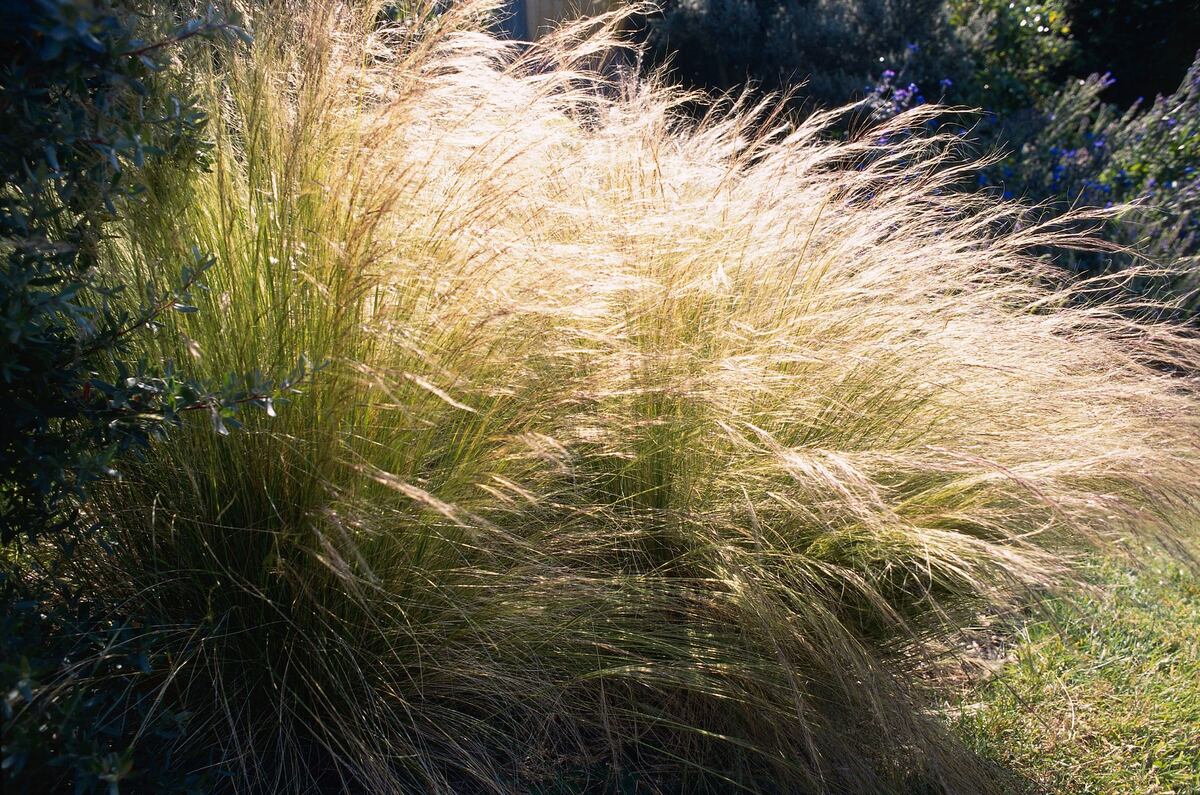

Landscaping Ideas
When To Plant Mexican Feather Grass
Modified: August 17, 2024
Discover the best landscaping ideas for planting Mexican feather grass. Learn when to plant and how to incorporate it into your outdoor space.
(Many of the links in this article redirect to a specific reviewed product. Your purchase of these products through affiliate links helps to generate commission for Storables.com, at no extra cost. Learn more)
Introduction
Mexican feather grass, scientifically known as Nassella tenuissima, is a stunning ornamental grass celebrated for its delicate, feathery plumes and graceful, cascading growth habit. This beautiful grass, native to the southwestern United States, Mexico, and Argentina, has gained immense popularity among landscapers and garden enthusiasts for its ethereal beauty and low-maintenance nature.
The allure of Mexican feather grass lies in its ability to add movement, texture, and visual interest to a wide range of landscaping settings. Whether used as a focal point in a xeriscape garden, as a border along pathways, or as part of a mixed perennial planting, this ornamental grass brings a touch of elegance and whimsy to any outdoor space.
In this comprehensive guide, we will delve into the intricacies of Mexican feather grass, exploring its unique characteristics, ideal growing conditions, and the best practices for planting and caring for this enchanting ornamental grass. Whether you are a seasoned gardener seeking to enhance your landscape or a novice enthusiast eager to explore the world of ornamental grasses, this guide will equip you with the knowledge and insights needed to cultivate thriving Mexican feather grass in your outdoor haven.
Join us as we embark on a journey to uncover the secrets of this captivating grass species, learning when to plant Mexican feather grass, how to ensure its optimal growth, and the best practices for nurturing its delicate beauty. Let's dive into the enchanting realm of Mexican feather grass and unlock the potential to transform your outdoor space into a mesmerizing tapestry of natural elegance and allure.
Key Takeaways:
- Mexican feather grass, also known as ponytail grass, is a stunning, low-maintenance ornamental grass that adds elegance and movement to gardens. It thrives in arid climates and well-draining soils, making it perfect for xeriscapes and rock gardens.
- To ensure healthy growth, plant Mexican feather grass in early spring or fall, avoiding extreme temperatures. Provide well-drained, sandy or loamy soil, full sun to partial shade, and regular watering during establishment. Embrace its low-maintenance nature for a captivating landscape.
Read more: What To Plant With Mexican Feather Grass
Understanding Mexican Feather Grass
Mexican feather grass, also known as ponytail grass or fineleaved nassella, is a perennial ornamental grass renowned for its ethereal appearance and graceful demeanor. This delicate grass species belongs to the Poaceae family and is native to regions of North and South America, where it thrives in arid and semi-arid environments.
One of the most striking features of Mexican feather grass is its fine, thread-like leaves that form dense, fountain-like clumps. The slender, emerald-green foliage sways gently in the breeze, creating a mesmerizing dance of movement and texture in the landscape. As the plant matures, it produces airy, feathery seed heads that emerge in late spring or early summer, adding a touch of whimsy and elegance to the garden.
When it comes to size, Mexican feather grass typically reaches a height of 18 to 24 inches, with a spread of 12 to 18 inches, making it an ideal choice for borders, rock gardens, and container plantings. Its compact size and graceful form make it a versatile addition to a wide range of landscaping designs, from modern and minimalist to naturalistic and wild.
Aside from its visual appeal, Mexican feather grass offers ecological benefits, attracting pollinators such as bees and butterflies while providing shelter for small wildlife. Its drought tolerance and adaptability to various soil types make it an excellent choice for water-wise landscaping, xeriscapes, and low-maintenance gardens.
Understanding the unique characteristics and growth habits of Mexican feather grass is essential for harnessing its full potential in landscape design. By appreciating its ethereal beauty, adaptability, and ecological contributions, gardeners and landscapers can leverage the charm of this ornamental grass to create captivating outdoor spaces that exude natural elegance and tranquility.
Climate and Soil Requirements
Mexican feather grass thrives in climates characterized by ample sunlight, low to moderate humidity, and minimal precipitation. This resilient ornamental grass is well-suited to arid and semi-arid regions, making it an excellent choice for gardens in zones 7 to 10 on the USDA Hardiness Zone Map. While it can tolerate a range of temperatures, Mexican feather grass prefers warm, dry conditions and may struggle in areas with high humidity and excessive rainfall.
When it comes to soil, Mexican feather grass exhibits a preference for well-draining, sandy or loamy soils with a slightly alkaline to neutral pH. It is crucial to avoid waterlogged or compacted soils, as excessive moisture can lead to root rot and other issues. Additionally, this ornamental grass demonstrates remarkable adaptability to various soil types, including rocky, gravelly, and clay-based soils, further enhancing its versatility in different landscape settings.
Given its affinity for arid climates and well-draining soils, Mexican feather grass is an excellent choice for xeriscapes, rock gardens, and other water-wise landscaping designs. Its ability to thrive in challenging environmental conditions makes it a valuable addition to gardens seeking to conserve water and promote sustainable, low-maintenance landscapes.
By understanding the climate and soil requirements of Mexican feather grass, gardeners and landscapers can make informed decisions when selecting the ideal location for planting and ensure that the growing conditions align with the preferences of this enchanting ornamental grass. Whether adorning a sun-drenched rockery or gracing the borders of a xeriscape garden, Mexican feather grass brings a touch of natural elegance to landscapes that embrace its unique climatic and soil needs.
Best Time to Plant Mexican Feather Grass
Choosing the optimal time to plant Mexican feather grass is crucial for establishing healthy, resilient growth and ensuring the long-term success of this ornamental grass in the landscape. In general, the best time to plant Mexican feather grass is during the early spring or fall, when temperatures are moderate, and the plant can acclimate to its new environment without the stress of extreme heat or cold.
Spring planting, typically in March or April, offers Mexican feather grass the advantage of a full growing season ahead. Planting during this time allows the grass to establish its root system and acclimate to its surroundings before the onset of summer heat. In regions with mild winters, fall planting in September or October is also favorable, as it enables the grass to take root and establish itself before winter dormancy, setting the stage for vigorous growth in the following spring.
It is important to consider the local climate and weather patterns when determining the best time to plant Mexican feather grass. Avoid planting during periods of extreme heat or drought, as these conditions can stress the grass and impede its establishment. Similarly, planting too close to the onset of winter may not allow the grass adequate time to establish strong roots before the arrival of cold temperatures.
By aligning the planting schedule with the optimal seasonal conditions, gardeners can set Mexican feather grass on a path to thriving in its new environment. Whether introducing this graceful grass to a xeriscape garden, a rockery, or a mixed perennial border, strategic timing plays a pivotal role in nurturing its vitality and ensuring a seamless transition into the landscape.
Plant Mexican feather grass in the spring after the last frost, or in the fall before the first frost. This will give the grass time to establish its roots before extreme temperatures.
Steps for Planting Mexican Feather Grass
Planting Mexican feather grass involves a series of steps designed to create an optimal environment for the grass to thrive and establish healthy growth. Whether adding this enchanting ornamental grass to a xeriscape garden, a rockery, or a mixed perennial border, following these essential steps can contribute to the successful establishment of Mexican feather grass in the landscape.
- Site Selection: Choose a well-drained location with full sun to partial shade for planting Mexican feather grass. Ensure that the site offers sufficient space for the grass to reach its mature size without overcrowding other plants.
- Soil Preparation: Prepare the soil by loosening it to a depth of 6 to 8 inches and incorporating organic matter such as compost to improve drainage and fertility. Mexican feather grass thrives in well-draining, sandy or loamy soils with a slightly alkaline to neutral pH.
- Planting Depth: Dig a hole that is twice the diameter of the grass’s root ball and at the same depth. Gently place the grass in the hole, ensuring that the top of the root ball is level with the surrounding soil surface.
- Backfilling and Watering: Backfill the hole with soil and gently firm it around the root ball to remove air pockets. Water the newly planted grass thoroughly to settle the soil and hydrate the roots.
- Mulching: Apply a 2- to 3-inch layer of organic mulch, such as wood chips or straw, around the base of the grass, leaving a small gap between the mulch and the grass stems. Mulching helps conserve soil moisture, suppresses weed growth, and insulates the roots from temperature fluctuations.
- Watering and Maintenance: Water the Mexican feather grass regularly during the establishment phase, keeping the soil consistently moist but not waterlogged. Once established, the grass demonstrates excellent drought tolerance and requires minimal maintenance.
Following these steps for planting Mexican feather grass sets the stage for robust growth and ensures that the grass can acclimate to its new environment with ease. By providing optimal growing conditions and strategic care during the initial stages, gardeners can foster the development of thriving Mexican feather grass that enhances the beauty and allure of the landscape.
Read more: How Fast Does Mexican Feather Grass Grow
Caring for Mexican Feather Grass
Caring for Mexican feather grass involves a blend of attentive maintenance and strategic practices aimed at promoting healthy growth, preserving its delicate appearance, and ensuring its long-term vitality in the landscape. Whether incorporated into a xeriscape garden, a rockery, or a mixed perennial border, this ethereal grass species rewards gardeners with its low-maintenance nature and graceful presence when provided with the appropriate care.
Watering: Mexican feather grass exhibits excellent drought tolerance once established and generally requires minimal irrigation. Water newly planted grass regularly to keep the soil consistently moist during the establishment phase. Once established, water sparingly, allowing the soil to dry out between watering sessions to prevent waterlogged conditions.
Pruning and Grooming: Periodically remove any dead or damaged foliage by gently combing through the grass with your fingers or using handheld pruners. Avoid cutting back Mexican feather grass severely, as this can detract from its natural appearance and may hinder regrowth.
Fertilization: Mexican feather grass typically thrives without the need for frequent fertilization. However, applying a balanced, slow-release fertilizer in early spring can provide a nutrient boost to support healthy growth and vibrant foliage.
Division: Over time, Mexican feather grass may benefit from division to rejuvenate its growth and prevent overcrowding. Divide the grass in early spring, lifting the clumps, and carefully separating them into smaller sections before replanting them in prepared soil.
Managing Self-Seeding: Mexican feather grass is known for its prolific self-seeding nature, which can lead to the grass spreading into unintended areas. To manage self-seeding, remove and discard the airy seed heads before they mature and disperse, preventing the grass from naturalizing in the landscape.
Winter Care: In regions with cold winters, Mexican feather grass may benefit from a light layer of mulch applied around the base of the plants to insulate the roots and protect them from temperature fluctuations. Avoid heavy mulching, as it can trap excess moisture and compromise the grass’s health.
By embracing these care practices and integrating them into the routine maintenance of Mexican feather grass, gardeners can foster the enduring beauty and vitality of this graceful ornamental grass. With its remarkable adaptability and low-maintenance nature, Mexican feather grass stands as a captivating addition to landscapes seeking to evoke a sense of natural elegance and tranquility.
Conclusion
As we conclude our exploration of Mexican feather grass, we have uncovered the enchanting allure and remarkable qualities that make this ornamental grass a prized addition to diverse landscapes. From its delicate, feathery plumes to its graceful, cascading growth habit, Mexican feather grass captivates the senses and infuses outdoor spaces with an air of natural elegance and tranquility.
Understanding the unique characteristics and preferences of Mexican feather grass, from its climate and soil requirements to its optimal planting and care practices, empowers gardeners and landscapers to cultivate thriving, resilient growth and harness the full potential of this ethereal grass species. Whether adorning a xeriscape garden, a rockery, or a mixed perennial border, Mexican feather grass lends its captivating beauty and low-maintenance nature to a myriad of landscape designs, enriching the outdoor environment with its enchanting presence.
By embracing the best practices for planting, caring for, and maintaining Mexican feather grass, gardeners can create captivating outdoor spaces that exude natural elegance, movement, and texture. From strategic site selection and soil preparation to mindful watering and grooming, each step contributes to the enduring vitality and graceful allure of Mexican feather grass in the landscape.
As we embrace the timeless appeal and ecological contributions of Mexican feather grass, we celebrate its capacity to attract pollinators, provide shelter for wildlife, and thrive in arid and semi-arid environments. This resilient ornamental grass stands as a testament to the beauty and adaptability of nature, inspiring landscapes that harmonize with the surrounding environment and evoke a sense of serenity and natural balance.
Whether embarking on a journey to introduce Mexican feather grass to a new garden or seeking to enhance the beauty of an existing landscape, the insights and practices shared in this guide serve as a roadmap for nurturing the delicate beauty and enduring charm of this captivating ornamental grass. With its graceful form, ecological benefits, and low-maintenance nature, Mexican feather grass emerges as a timeless symbol of natural elegance and a cherished companion in the tapestry of outdoor beauty.
Frequently Asked Questions about When To Plant Mexican Feather Grass
Was this page helpful?
At Storables.com, we guarantee accurate and reliable information. Our content, validated by Expert Board Contributors, is crafted following stringent Editorial Policies. We're committed to providing you with well-researched, expert-backed insights for all your informational needs.
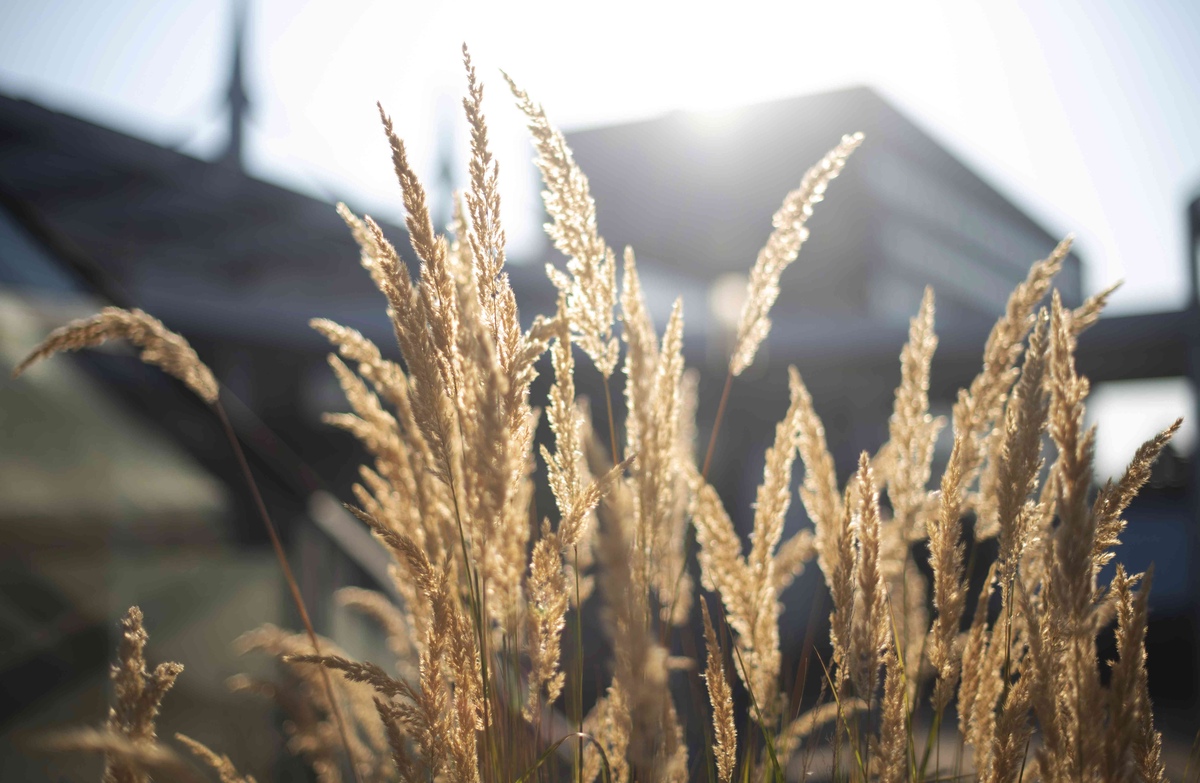
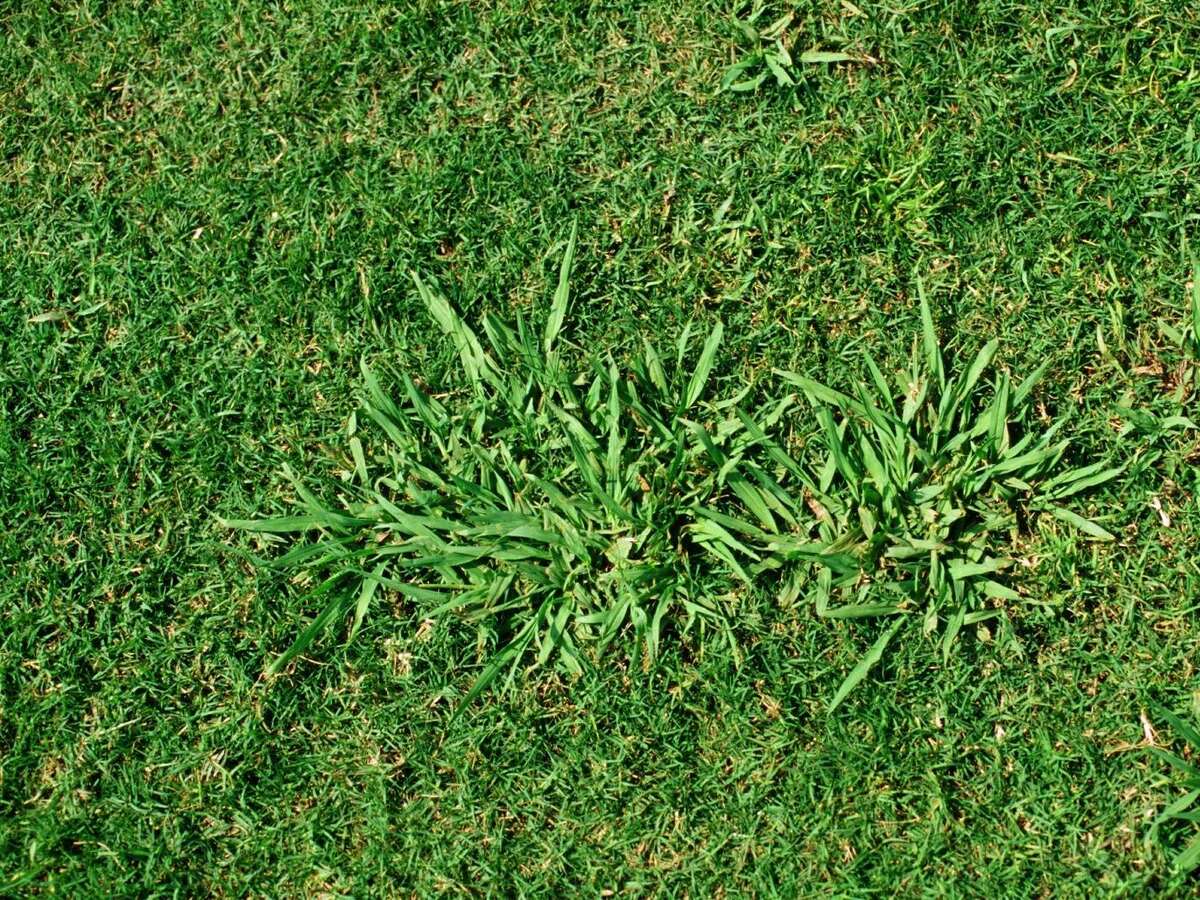
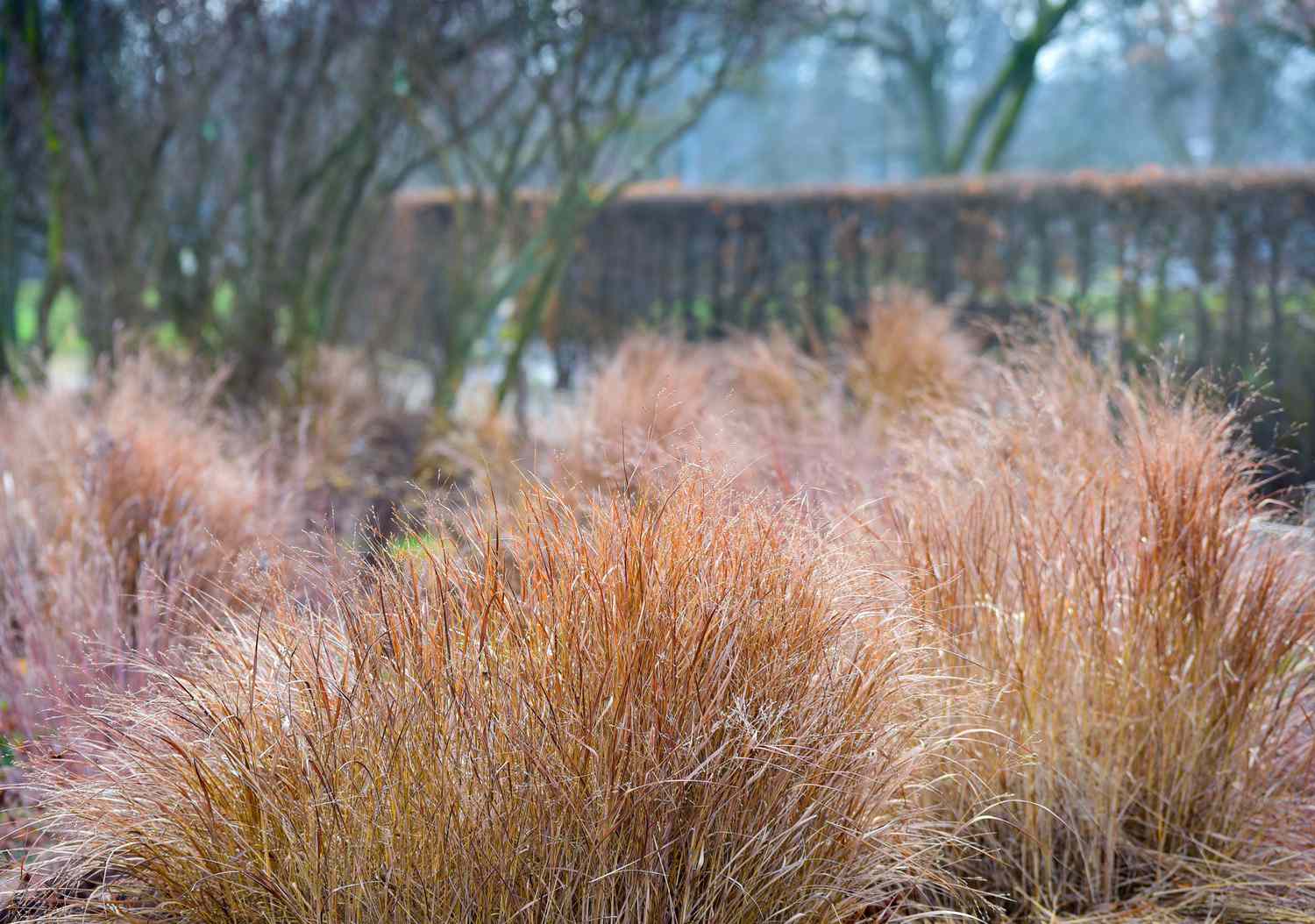




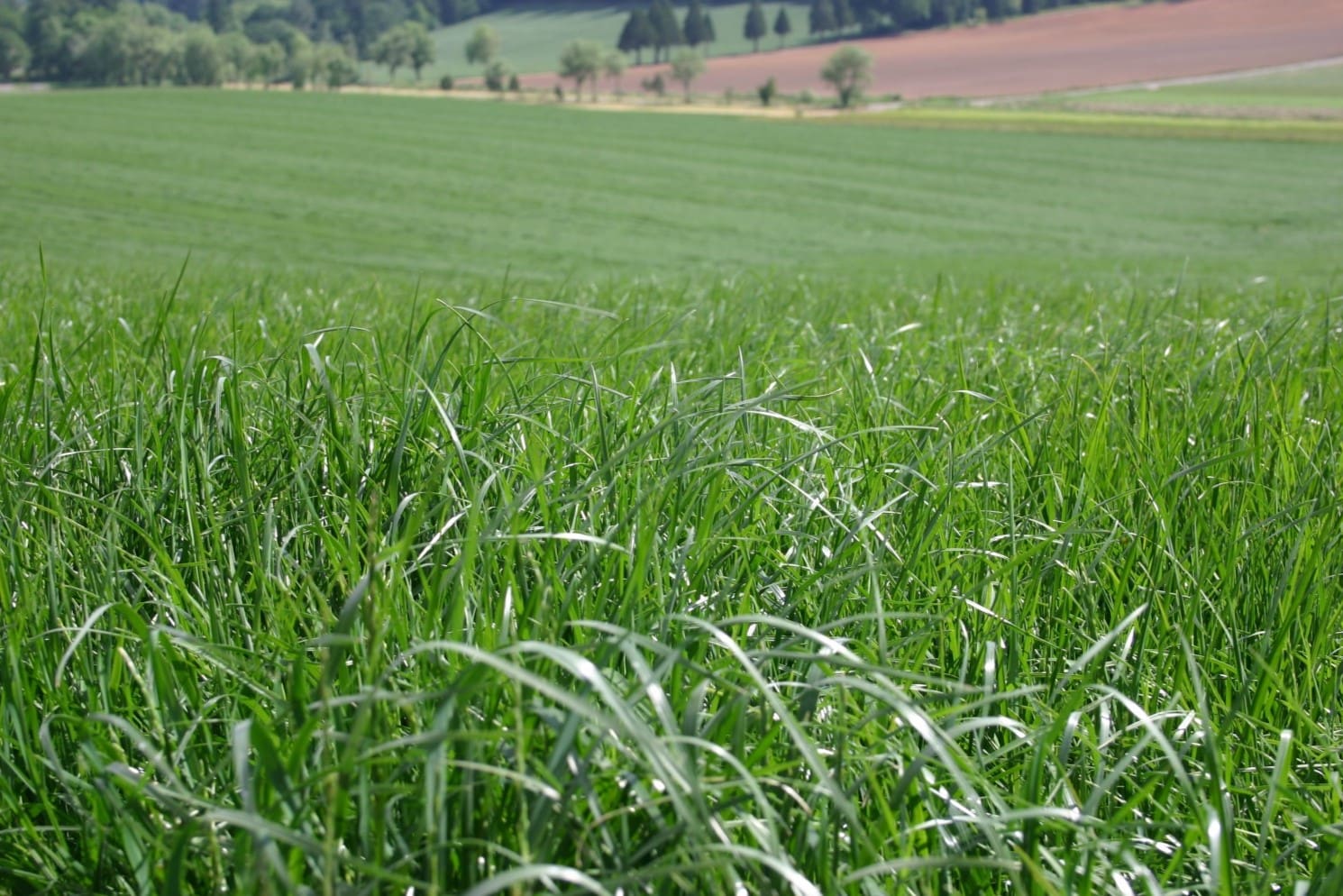


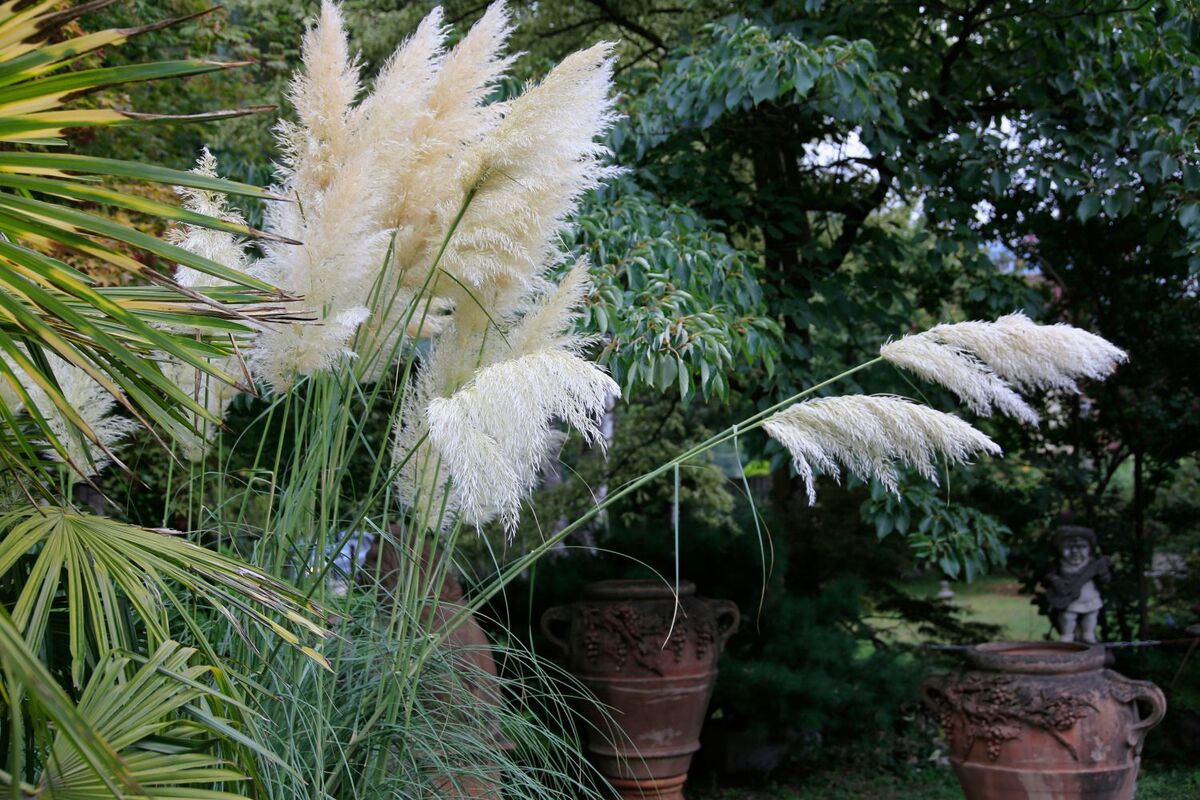
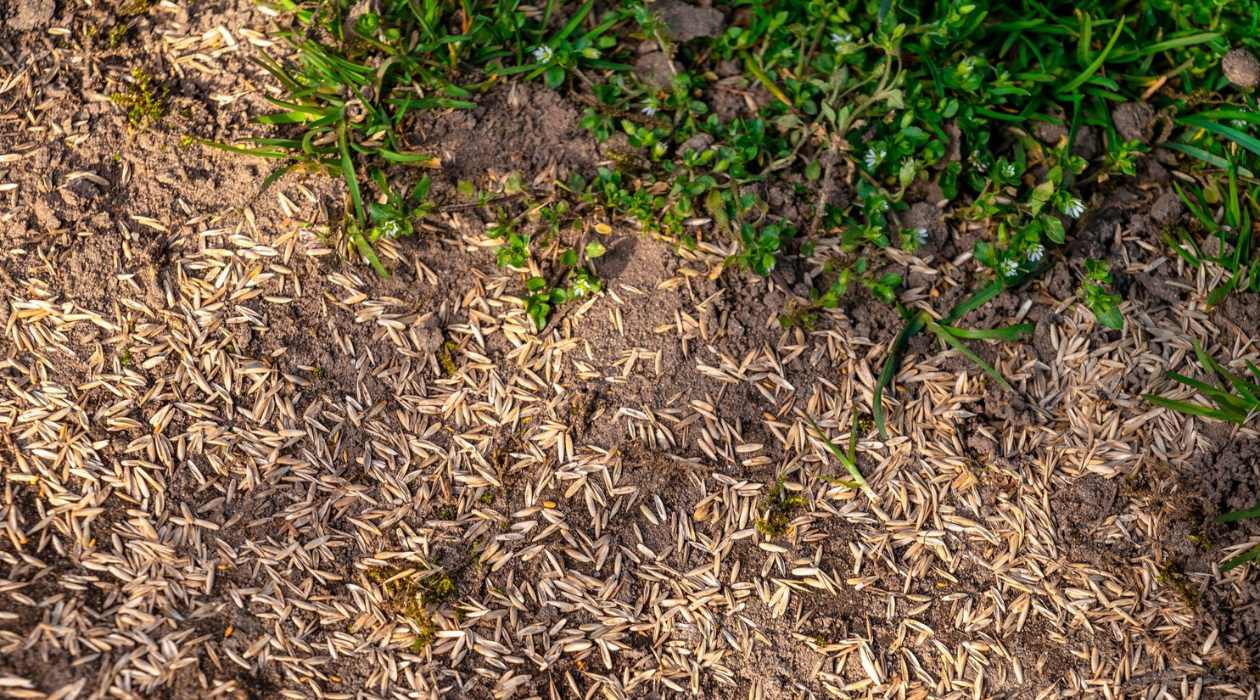
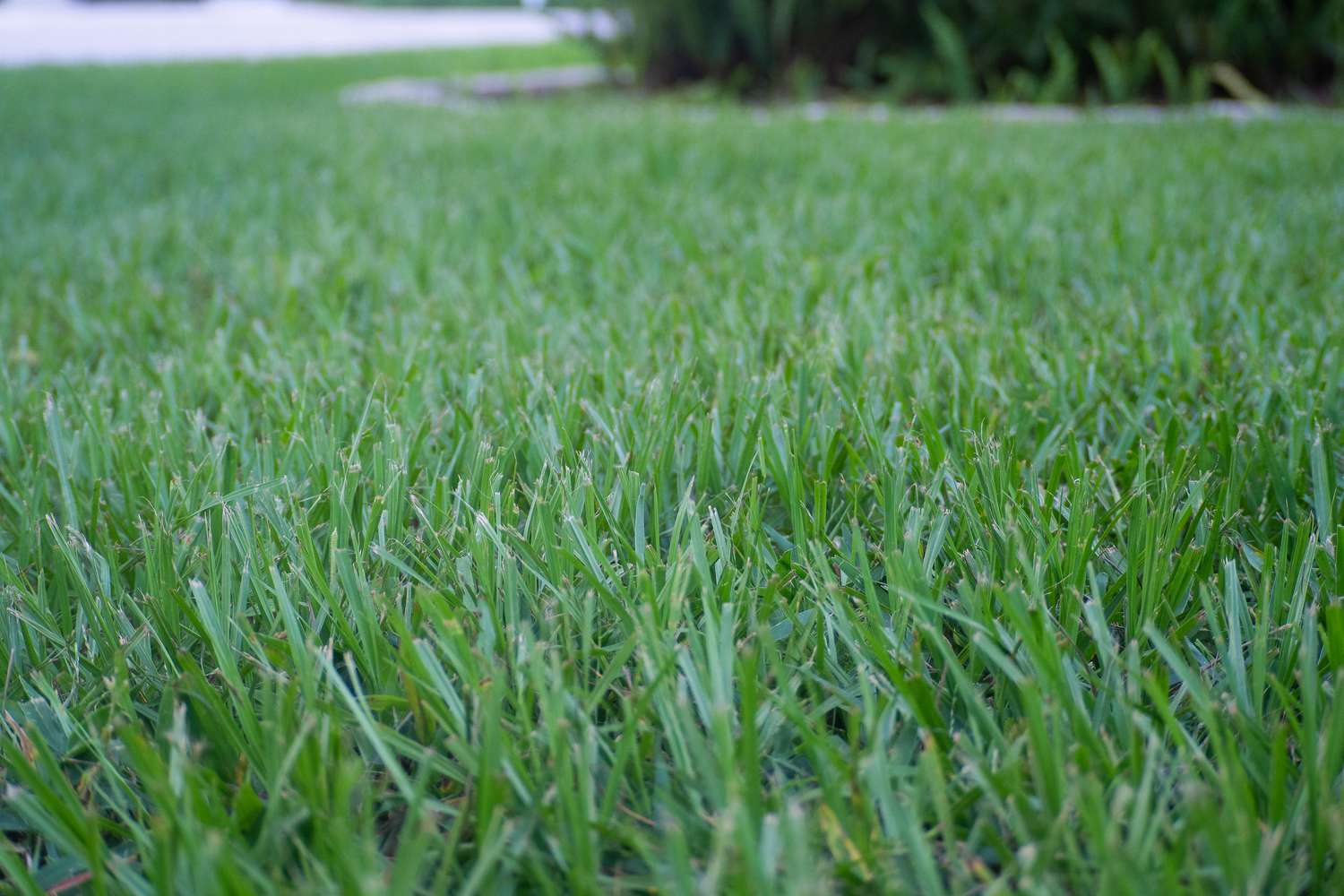
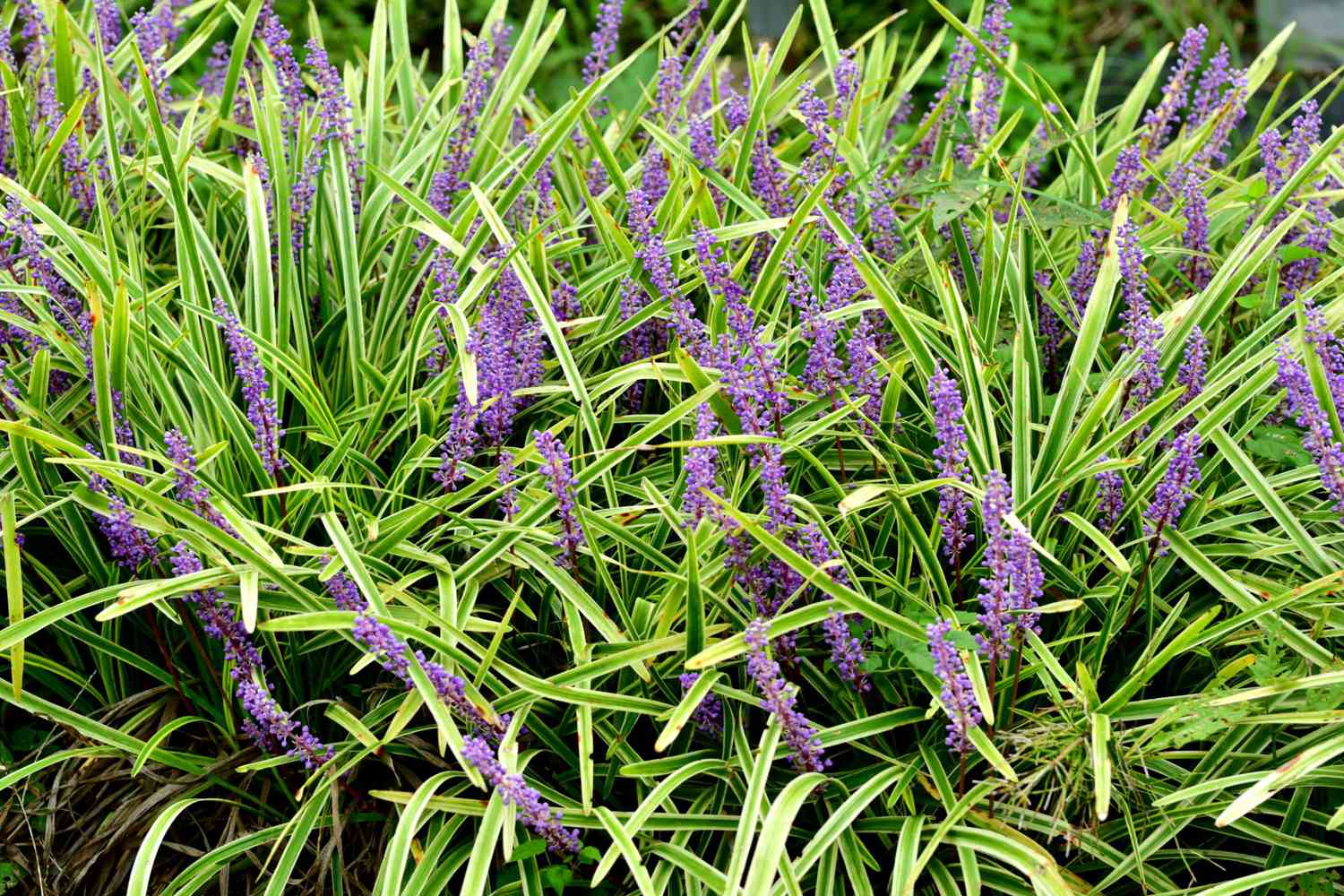

0 thoughts on “When To Plant Mexican Feather Grass”